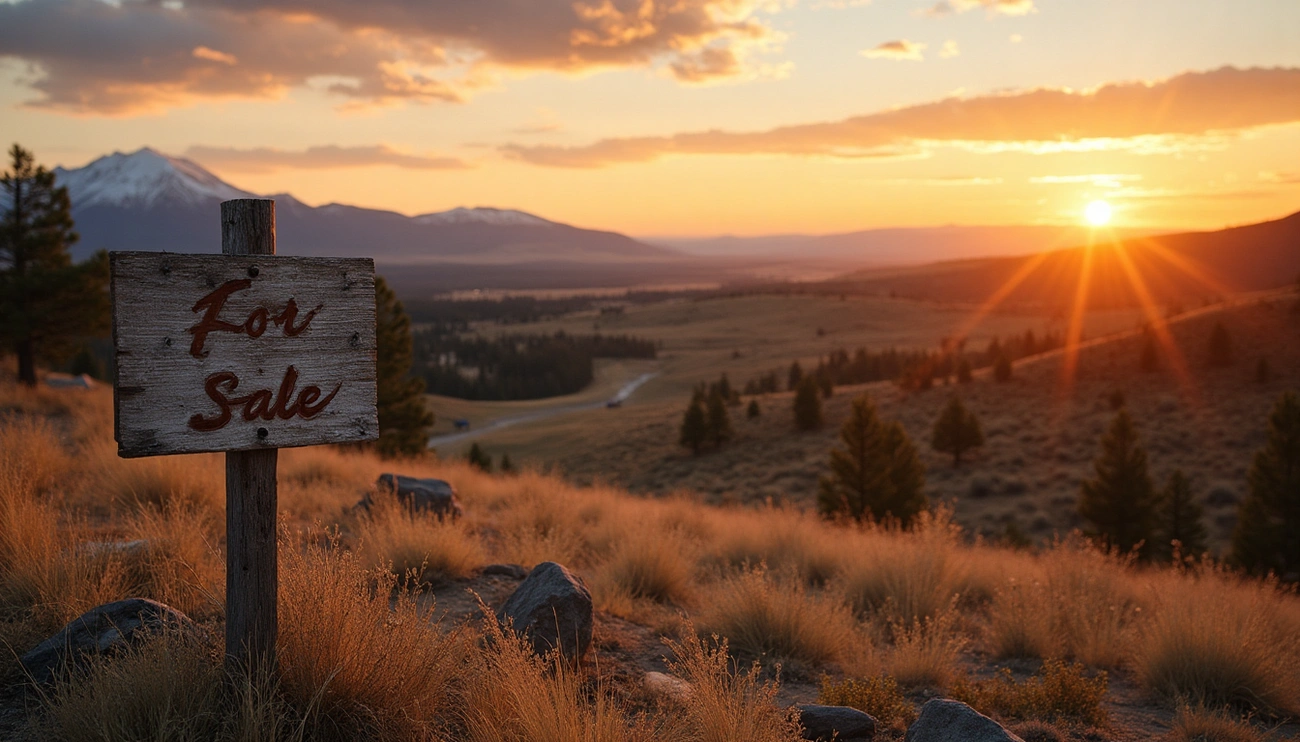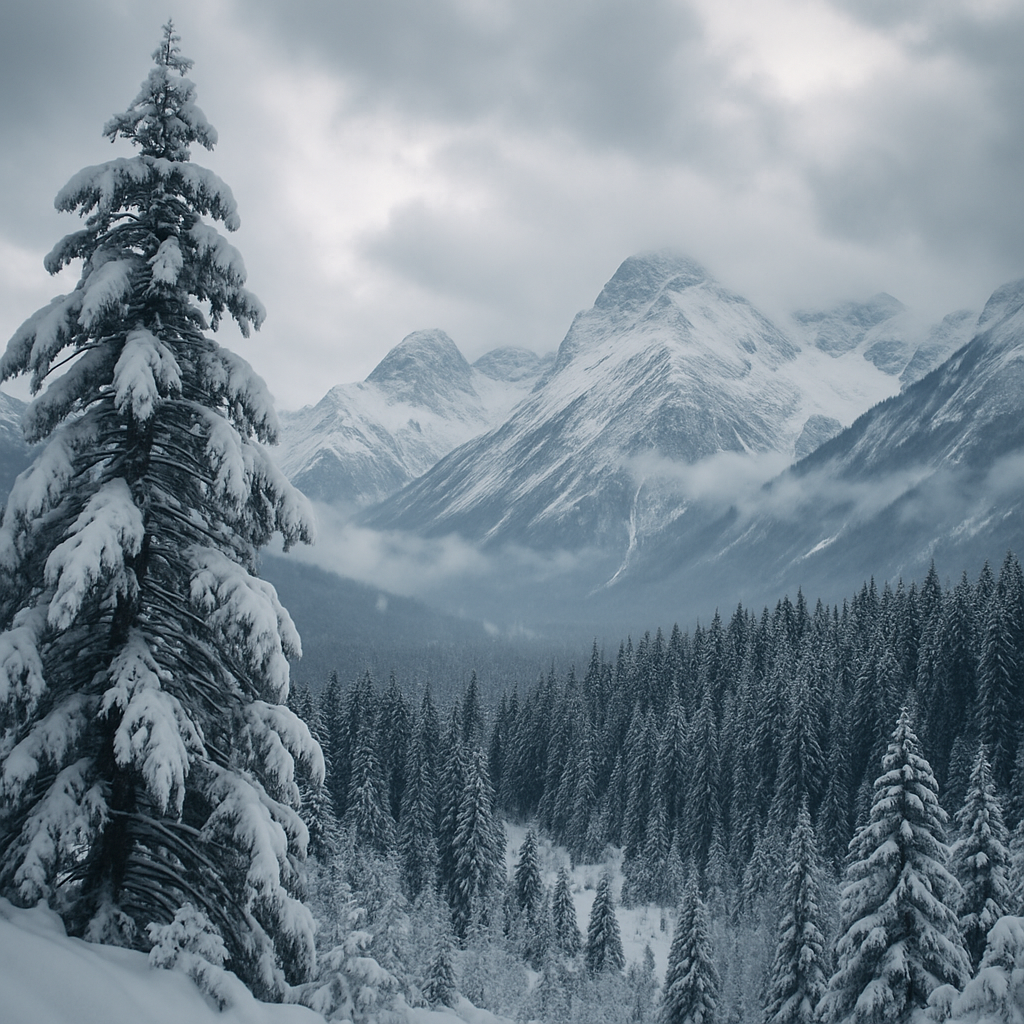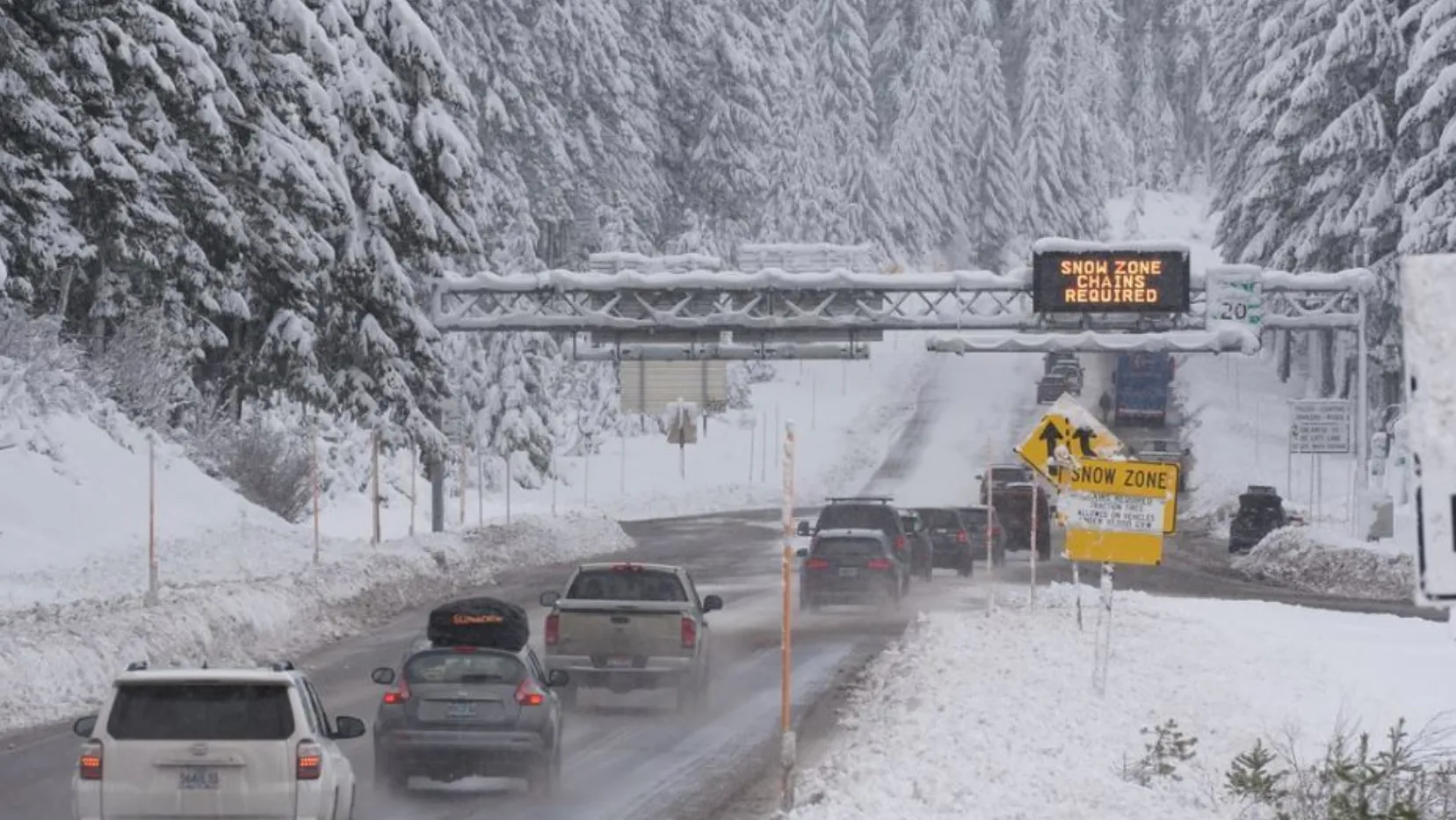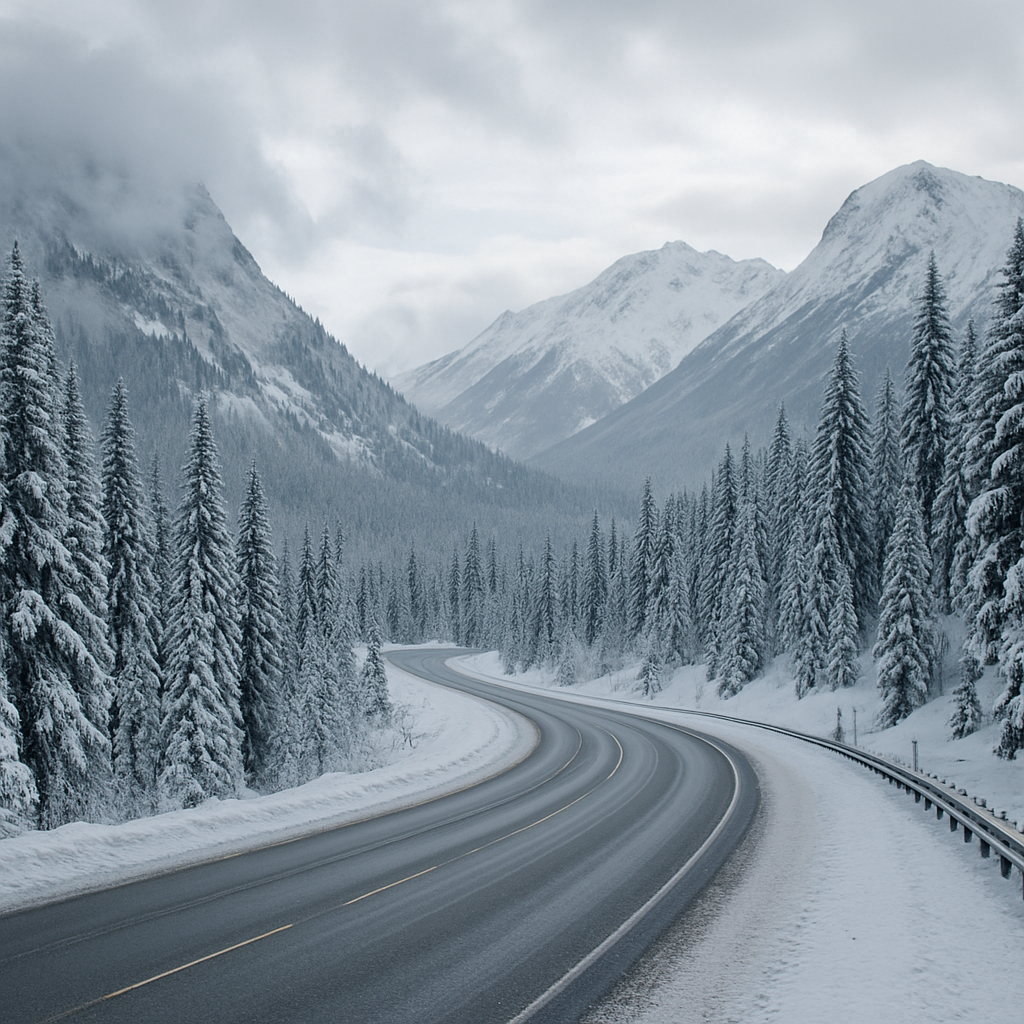Our public lands face an unprecedented threat. The next five years could see over 3 million acres of public land sold off. This move would permanently reshape America’s outdoor scene.
The situation becomes even more alarming. The Wilderness Society’s research reveals that 250 million acres under the Bureau of Land Management and Forest Service could be at risk of sale. BLM lands serve as federally managed areas that belong to all Americans. These areas support recreation, conservation, and environmentally responsible resource use. Senator Mike Lee’s bill pushes this selling proposal aggressively. His plan requires tract nominations within 30 days, followed by additional nominations every 60 days until reaching the multi-million-acre target. The process bypasses hearings, debate, and public input completely. What it all means goes way beyond the reach and influence of losing beautiful views – these lands embody America’s shared natural heritage and outdoor lifestyle.
Senate Bill Targets 3M Acres of Public Lands for Sale
The One Big Beautiful Bill Act stands as an unprecedented plan to sell off much of America’s public lands. Utah Republican Senator Mike Lee leads this legislative proposal that requires selling between 2 and 3 million acres of federal public lands in the next five years. Republicans now push this dramatic change in public land policy through Congress as part of a sweeping budget reconciliation package.
What the One Beautiful Bill Act proposes
The Bureau of Land Management (BLM) and U.S. Forest Service must sell between 0.5 and 0.75 percent of their combined land holdings under this bill. These small percentages add up to millions of acres of public land. The bill claims it will help solve housing shortages by making sure the transferred land becomes housing or housing-related infrastructure. But the bill doesn’t restrict development to affordable housing. The federal government expects to earn between $5 billion and $10 billion from these land sales over the next decade.
Which lands are affected: BLM and Forest Service scope
The land sale mandate covers 11 Western states:
- Alaska
- Arizona
- California
- Colorado
- Idaho
- Nevada
- New Mexico
- Oregon
- Utah
- Washington
- Wyoming
National parks, monuments, and designated wilderness areas won’t be sold, but many administratively designated lands remain at risk. Lands within five miles of existing population centers take priority. A new update to the bill’s language now includes lands with grazing permits that were previously protected.
How the 3M acre mandate fits into a larger 250M acre eligibility
The immediate 3 million acre target seems small compared to the pool of eligible lands. The Wilderness Society’s analysis shows more than 250 million acres meet the bill’s criteria for sale. This area matches the combined land mass of Texas, California, and New York. Critical landscapes like Otero Mesa, the Owyhee Canyonlands, and areas near Snoqualmie in Washington could be sold. On top of that, it leaves tens of millions of acres of lands with wilderness characteristics, wilderness study areas, and inventoried roadless areas open for sale. Hunters, anglers, and hikers might lose access to wildlife migration corridors and public lands they value most.
Bill Removes Public Oversight and Environmental Safeguards
Critics say the One Beautiful Bill Act deliberately bypasses 50-year old public land management processes. The bill creates a new system that rushes through sales without any oversight or input from stakeholders.
No public input or transparency in land nominations
The bill sets an aggressive timeline that requires tract nominations within 30 days. New nominations must follow every 60 days until they reach the multi-million-acre target. This rushed schedule leaves no time for hearings, debate, or feedback from people directly affected by these sales. So many experts call it “the most dangerous environmental legislation in modern U.S. history”.
The bill doesn’t require anyone to reveal when public lands are sold or who buys them. People might only find out about sales when they see “no trespassing” signs on previously available lands. Communities across the West lose their say in deciding what happens to their shared public resources.
Cultural and recreational sites at risk
The bill leaves several areas vulnerable despite some exemptions:
- Popular recreation areas for hiking, camping, fishing, and hunting
- Wildlife migration corridors and critical habitat
- Areas of historical and cultural significance
These aren’t empty lands—they’re living landscapes that offer recreational opportunities and support tourism economies in gateway communities. The bill removes requirements for the government to compare the benefits of land sales against lost recreation, clean water, wildlife habitat, and cultural resources.
Tribal lands and sacred sites face potential loss
The bill’s failure becomes especially concerning when it doesn’t give sovereign Tribal Nations first rights to bid on lands. This includes areas within their traditional homelands or places with sacred sites. Tribal communities must defend their sacred homelands from desecration, inappropriate resource extraction, and management practices that threaten their cultural heritage.
“Attempting to strip protections from these monuments sends a dangerous signal that Indigenous history and presence can be erased at the stroke of a pen,” said NCAI Executive Director Larry Wright, Jr.. These lands represent spiritual and cultural survival for many Indigenous communities.
Sen. Mike Lee Champions the Sell-Off Despite Bipartisan Concerns
Mike Lee, Utah’s Senator, leads the charge to sell off public lands. His career shows a consistent pattern of fighting against federal land management. Lee believes that federal land ownership in Utah could “justify war,” which shows his strong stance on this issue.
Mike Lee’s history with public land policy
Lee bases his opposition to federal land management on the Utah Enabling Act. This act stated that federally owned land “shall be sold by the United States subsequent to the admission of said state into the union”. He points out that states like Missouri and North Dakota received this treatment, while Western states did not. Lee has made it his mission to push Congress to honor this promise of selling federal land.
Opposition from fellow Republicans and conservationists
Lee faces strong pushback from members of his own party. Montana’s Republican Representative Ryan Zinke made his position clear: “It’s a no now. It will be a no later. It will be a no forever”. Republican Senators Steve Daines from Montana and James Risch from Idaho also stand against these sales. The public shares this view strongly. A Colorado College poll revealed that all but one of these Western states’ registered voters rejected selling public lands for housing development.
How the bill bypasses traditional land disposal processes
The bill speeds up land transfers by demanding tract nominations within 30 days. New nominations must follow every 60 days until reaching the multi-million-acre goal. The process skips the usual public review steps. Communities might only realize lands have been sold when they see “no trespassing” signs on what used to be public property. The government doesn’t need to tell anyone about these sales or name the buyers.
Experts Warn the Plan Won’t Solve the Housing Crisis
Housing experts challenge the idea that selling public lands will fix America’s housing crisis. The One Beautiful Bill Act’s basic contours suggest that transferring millions of acres of public lands will solve housing shortages, but this view doesn’t match reality.
Most public lands are unsuitable for development
Public lands under consideration don’t have the simple infrastructure needed for housing development. These areas have no roads, water systems, or access to electricity. Building homes in such remote locations would need huge investments in utilities and transportation networks.
“Most of these lands are 100 miles from anywhere and have no water or infrastructure,” notes Aaron Weiss of the Center for Western Priorities. “They’re completely unsuitable for housing.”
Wildfire and drought risks complicate housing use
These public lands face serious environmental challenges that make them dangerous places to build homes. Climate change has made wildfire seasons more intense and droughts longer throughout the West. This puts future homes and communities at extreme risk.
Lands up for sale sit in high-risk wildfire zones that don’t have good evacuation routes. Water shortage is another big problem—Western states don’t deal very well with water shortages now, and new development in dry regions would make things worse.
Luxury development loopholes undermine affordability goals
The legislation doesn’t require that transferred lands be used for affordable housing. Without these rules, developers would build luxury homes or vacation properties instead of addressing real housing needs.
“The irony is that even if public lands were suitable for development, there’s nothing in this bill that would prevent a developer from buying them and building luxury second homes, golf courses, or private resorts,” explains Land Tawney, CEO of Backcountry Hunters and Anglers.
Public resources could go to private interests without helping the affordable housing crisis. The bill’s structure lets valuable public assets turn into high-end developments that help few people while taking these lands away from public use forever.
Conclusion
Our public lands heritage faces a defining moment in America. Senator Mike Lee’s One Beautiful Bill Act puts 3 million acres at risk now and could expose 250 million acres to unprecedented privatization. This legislation strips away long-standing protections and completely eliminates public input.
Research shows this land grab doesn’t deal very well with real housing needs. These lands lack simple infrastructure and face serious wildfire risks. Developers would likely build luxury properties instead of addressing housing shortages since there are no affordable housing requirements.
The economic benefits might sound appealing, but nobody can calculate the true costs. Public access to these lands will vanish forever once sold, along with recreational opportunities, wildlife habitat, and sacred tribal sites. The nomination process requires tract selections every 60 days until millions of acres are liquidated. This rushed timeline will lead to hasty decisions with collateral damage.
Republican and Democratic lawmakers alike recognize the dangerous precedent this creates, and opposition continues to grow. Note that these aren’t just empty acres on a map – they embody our shared natural heritage and outdoor way of life.
We face a simple choice. We can either allow an unprecedented sell-off that benefits few while harming many, or defend these treasured landscapes for current and future generations. Our public lands deserve thoughtful stewardship based on public involvement and sound conservation principles, not short-sighted political agendas.





